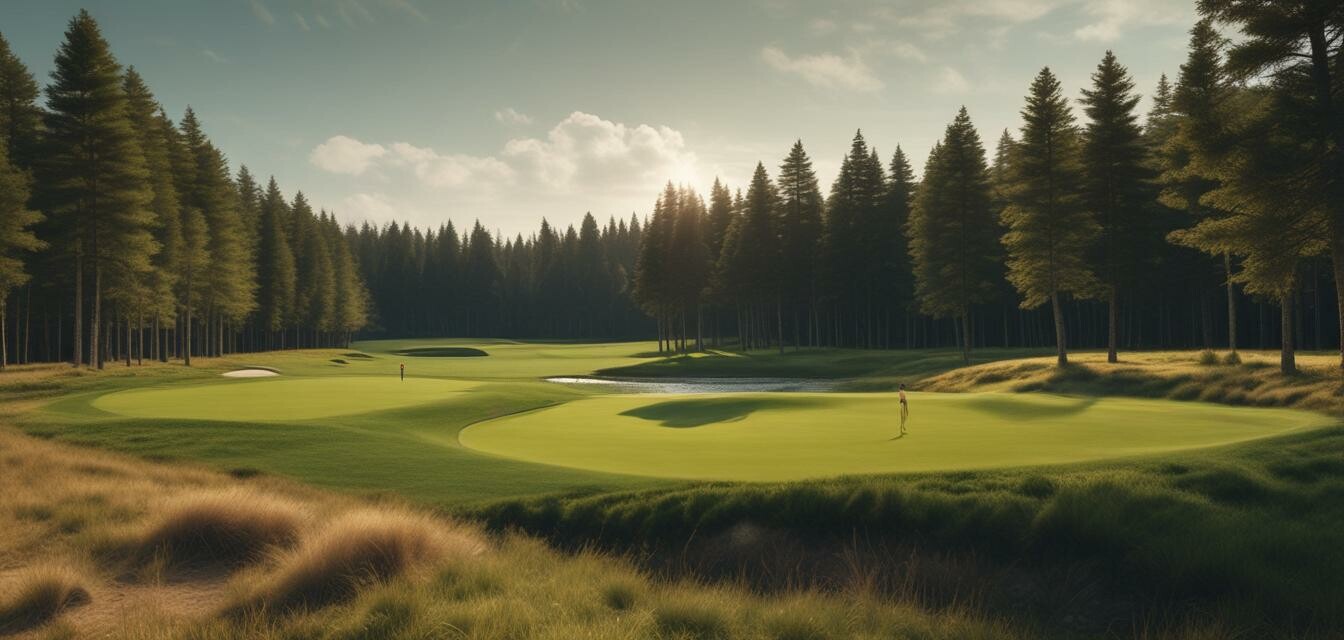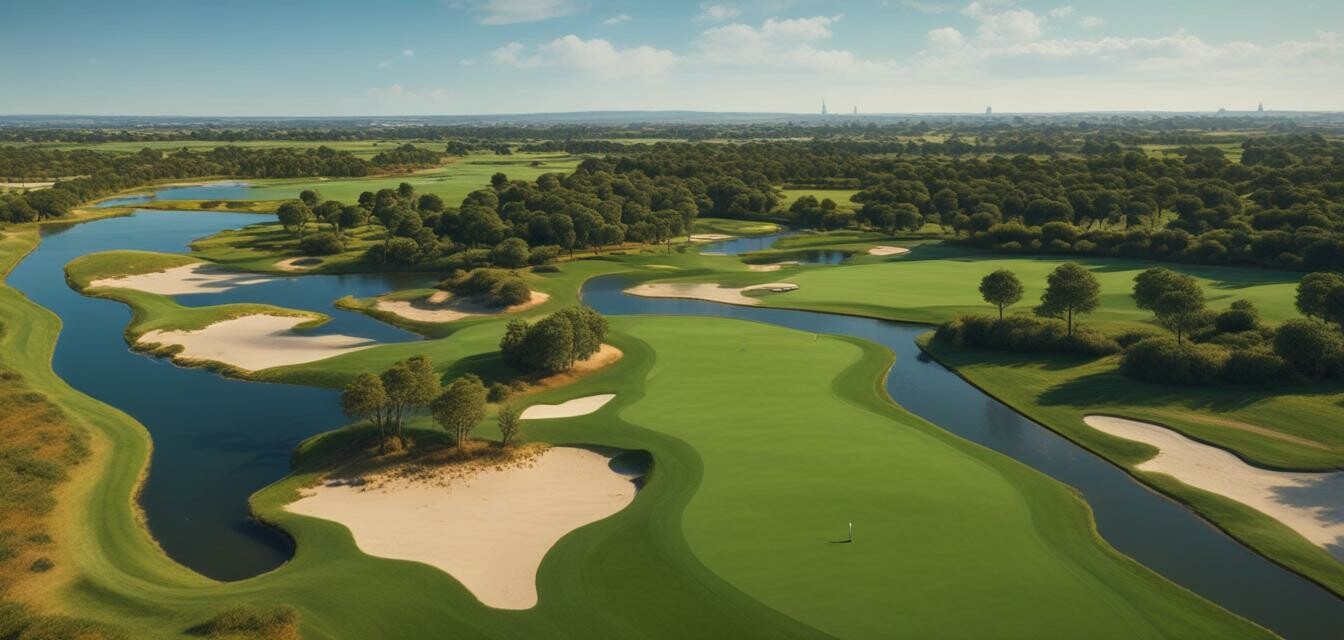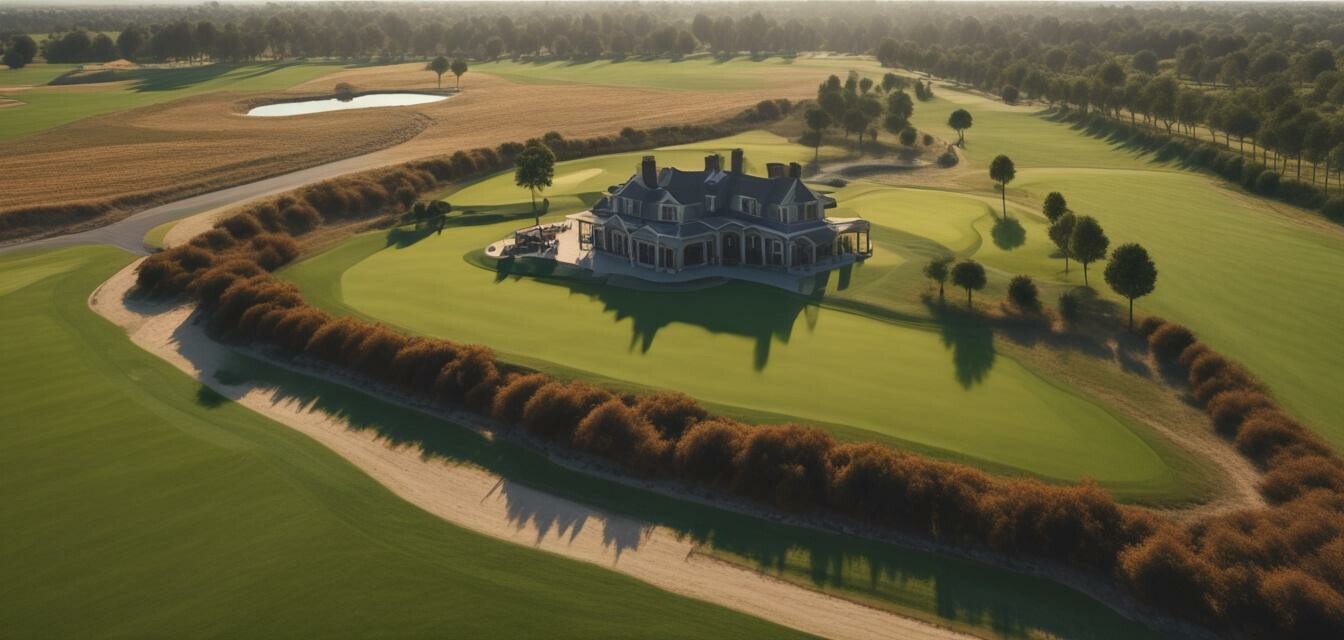
Golf Course Locations
When it comes to golf, the location of the course can greatly impact the overall experience. From scenic landscapes to challenging terrain, the geographic location of a golf course can make all the difference. In this article, we'll explore the different types of golf course locations and what makes them unique.
Key Takeaways
- Different geographic locations offer unique golfing experiences
- Landscape and terrain can impact the difficulty and enjoyment of a course
- Understanding the location of a golf course can help you choose the right one for your game
Types of Golf Course Locations
Golf courses can be found in a variety of locations, each with its own unique characteristics. Here are some of the most common types of golf course locations:
| Type of Location | Description | Example Courses |
|---|---|---|
| Mountainous | Golf courses located in mountainous regions often feature dramatic elevation changes and scenic views. | Aspen Golf Club, Colorado; Whistler Golf Club, British Columbia |
| Coastal | Coastal golf courses offer stunning ocean views and often feature links-style play. | Pebble Beach Golf Links, California; St. Andrews Old Course, Scotland |
| Desert | Desert golf courses are known for their arid landscapes and challenging play. | TPC Scottsdale, Arizona; La Quinta Resort, California |
| Forest | Forest golf courses are set amidst dense woods and often feature tight fairways and challenging play. | Augusta National Golf Club, Georgia; Muirfield Village Golf Club, Ohio |
How Landscape and Terrain Impact the Game
The landscape and terrain of a golf course can greatly impact the game. Here are some ways in which the location of a course can affect play:
- Elevation changes: Courses with dramatic elevation changes can be more challenging and require more precise shots.
- Wind: Coastal courses often feature strong winds, which can affect the trajectory of shots.
- Terrain: Courses with dense forests or desert landscapes can require more strategic play and precise shots.
Choosing the Right Course for Your Game
When choosing a golf course, it's essential to consider the location and landscape. Here are some tips to help you choose the right course for your game:
- Consider your skill level: If you're a beginner, look for courses with more forgiving terrain and fewer hazards.
- Think about the type of game you want to play: If you enjoy links-style play, look for coastal courses.
- Research the course: Read reviews and look at photos to get a sense of the course's landscape and terrain.

Golf Course Locations Around the World
Golf courses can be found in almost every corner of the globe. Here are some of the most popular golf course locations around the world:
| Region | Popular Courses |
|---|---|
| North America | Augusta National Golf Club, Georgia; Pebble Beach Golf Links, California |
| Europe | St. Andrews Old Course, Scotland; Valderrama Golf Club, Spain |
| Asia | Sheshan International Golf Club, China; Tokyo Golf Club, Japan |
| Australia | Royal Melbourne Golf Club, Victoria; The Lakes Golf Club, New South Wales |

Conclusion
The location of a golf course can greatly impact the overall experience. From scenic landscapes to challenging terrain, the geographic location of a course can make all the difference. By understanding the different types of golf course locations and how they impact the game, you can choose the right course for your game and enjoy a more fulfilling golfing experience.

Pros of Considering Golf Course Locations
- Improved game: Understanding the location and landscape of a course can help you improve your game.
- Enhanced experience: Choosing a course that suits your game can lead to a more enjoyable experience.
- Informed decision: Researching the location and landscape of a course can help you make an informed decision.
Cons of Not Considering Golf Course Locations
- Frustration: Playing a course that's not suited to your game can lead to frustration.
- Disappointment: Not researching the location and landscape of a course can lead to disappointment.
- Poor performance: Not understanding the challenges of a course can lead to poor performance.
For more information on golf courses and equipment, check out our golf accessories, golf apparel, and golf clubs pages.
Beginners Section
If you're new to golf, here are some tips to help you get started:
- Start with a beginner-friendly course: Look for courses with more forgiving terrain and fewer hazards.
- Take lessons: Consider taking lessons from a golf instructor to improve your game.
- Practice: The more you practice, the better you'll become.








